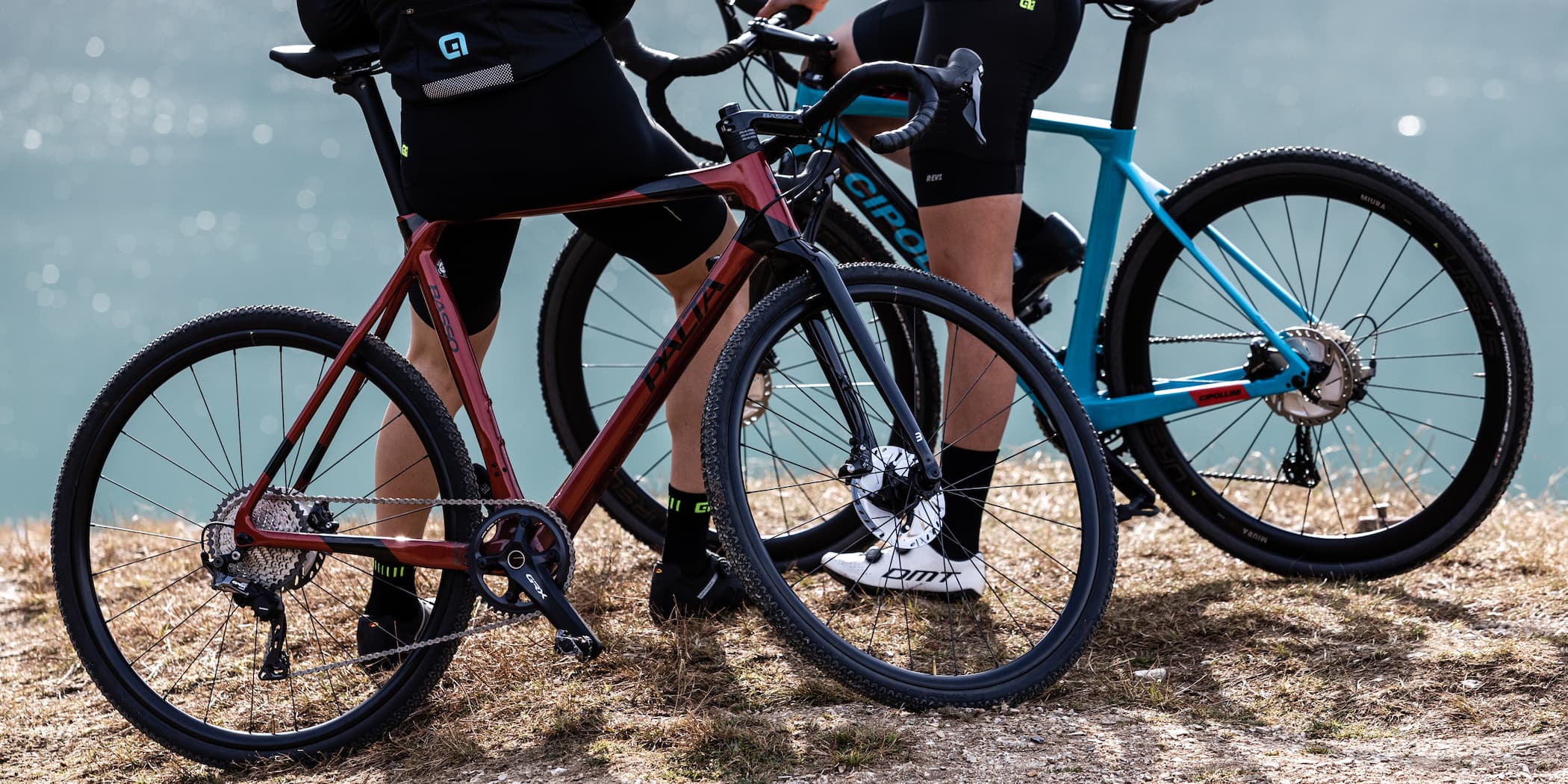Thanks to gravel biking, you can ride on roads that are off-limits to road bikes and were once accessible only to mountain bikes: a real revolution! Gravel bikes, however, are very similar to road bikes in terms of frame and components, and therefore, are undoubtedly more delicate than mountain bikes. This is why keeping them clean is crucial.
Cleaning extends the life of the vehicle
As we've already seen with cleaning a road bike , washing it is one of the most important parts of bike maintenance. When we talk about maintenance, we often think only of mechanical work, fixing what's broken or preventing problems by working on the technical components. And in fact, keeping your bike clean means precisely this: caring for its parts to prevent wear , malfunction, and breakage. Proper maintenance certainly extends the life of each individual gear and, consequently, the bike itself. Washing, therefore, is as much a part of maintenance as a mechanic's work, but it's something you have to do... so, roll up your sleeves and take care of your gravel bike.
Let's see what are the most important steps to follow to keep your gravel bike perfectly clean .
What not to do
As always, we begin by clearing up any doubts by listing the things you absolutely shouldn't do to keep your gravel bike clean . We've identified five mistakes that many people make, which you should pay close attention to. Here they are:
- Washing your bike too often . Cleaning your bike certainly requires a lot of water, but it can easily get inside the hubs and frame, risking damaging bearings and balls, as well as oxidizing the gear cables, compromising their smoothness. Remember that your gravel bike should only be thoroughly cleaned when absolutely necessary, i.e., when it's very dirty and has residue from mud and dirt. Instead, it's good practice to remove dust and surface dirt with a cloth after each ride, then degrease and lubricate. Thorough cleaning, even too frequently, is never recommended.
- Washing your bike too little . The opposite, however, is also a mistake. You need to find the right balance. It's very risky, in fact, to park your gravel bike in the garage without removing all that dirt after a ride if it has mud, dirt, and dust stuck to the frame and wheels. Doing so can seriously damage any part of the bike, even irreversibly. In this case, even the skilled hands of a mechanic might not be enough, and you'd be forced to replace some parts.
- Using high-pressure water . One of the most common mistakes is using a pressure washer to wash your bike . The powerful jet pushes water more easily into the bike's components because it can penetrate the protective barrier of dust covers and rubber seals. Furthermore, dust and other dirt can also penetrate the water, further damaging the bike.
- Using non-specific detergents . It's always advisable to use specific products to wash your gravel bike. Generic detergents and degreasers are too aggressive and risk damaging not only the paint but also the bike's more delicate components. Therefore, it's good practice to always use specific products.
- Don't dry . The same care you take when washing your bike should also be taken when drying it. A serious mistake is to not dry it at all: the bike shouldn't be left wet, precisely because of the risks water can pose, as described above. Drying must be done meticulously using a microfiber cloth.
How to clean your gravel bike
Let's now look at the main steps to keep your gravel bike perfectly clean . When you return from your ride, the first thing you need to do is assess the condition of the bike: if it's very dirty, you'll need to give it a thorough clean; if it's just dusty, remove any dust and small residues.
In case of intense washing, here's how to proceed:
- You can use a pressure washer, but spray at low pressure and stay at least one meter away from the bike. Do this with the bike on a stand, if possible. This step is essential for removing all the dirt.
- After washing it, with a specific product for bikes, or with a delicate soap and a sponge, clean the bike thoroughly, carefully wiping down every part.
- Particular attention must be paid to the chain, which must be degreased with a specific product.
- At this point, rinse, always keeping in mind the rules for using water to wash your bike.
- Once washed, arm yourself with patience and a cloth: dry everything thoroughly, to prevent oxidation processes on the chain and steel parts.
- Now the final step: lubricate the chain... and your bike is ready for your next ride! Use a specific product, a professional bike lubricant. This is very important for the smooth running of the chain, derailleur, and gear shifter. Lubricate the movements of the derailleur and gear shifter. While you spin the chain, with the rear wheel raised, lubricate it and then wipe it with a cloth to remove excess lubricant. Then, move the derailleur and gear shifter through all positions to distribute the lubricant evenly. This will prevent you from getting dirty on your first ride.
Conclusion
To ensure your gravel bike is always ready to give you the best possible performance, it needs to be well cared for. Cleaning is a crucial aspect of your bike's maintenance, and neglecting it can compromise the proper functioning of each component and the effectiveness of your pedaling.





